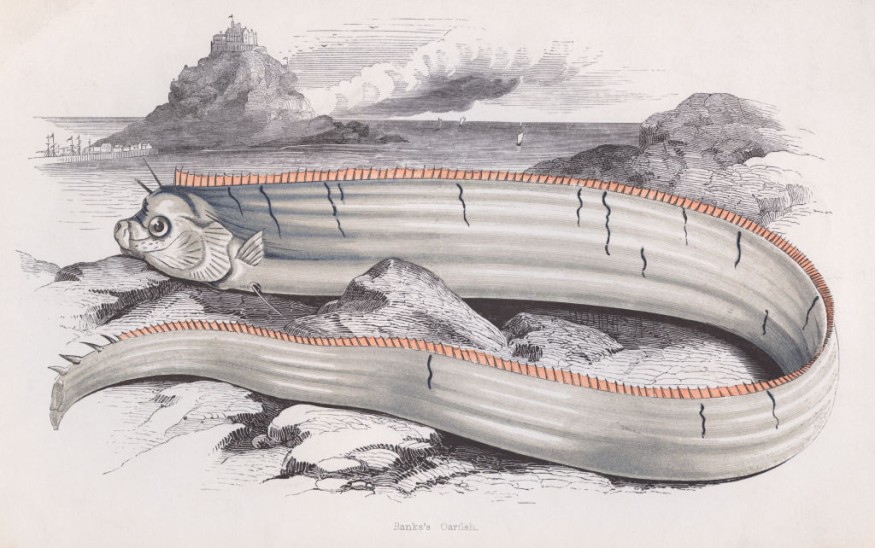Speculations were raised as regards the sighting of a rare ''doomsday fish'' prior to the powerful earthquake that hit Japan.
Some people have been connecting this sighting to the natural disaster that claimed the lives of many individuals in Japan.
Omen of Earthquakes?

People believed that the sighting of the rare six-foot "earthquake fish,'' officially called the Russell's oarfish, could be regarded as a sign of a forthcoming bad news. To recall, divers had spotted an oarfish off the coast of Taiwan early this year.
Due to their size and shape, oarfish often resemble sea serpents and they are also considered as harbingers of earthquakes and misfortune in the Japanese mythology.
The myth was rekindled in 2011 following the Tōhoku earthquake and tsunami.
Shortly before the disaster, at least a dozen of the rarely-seen fish was washed ashore in Japan during the late 2009 and 2010.
The serpent-like oarfish has long been considered as an omen of natural disaster, however, scientists are not buying that old superstition.
Oarfish usually live in deep water, at depths of up to 3,300 feet.
According to Japanese legend, the sight of them in shallow waters is an omen of earthquakes. The belief even dates back to the 17th century wherein the ghostly fish became known as ryugu no tsukai, or the "messenger from the sea god's palace.''
In 2011, the largely forgotten "earthquake fish" legend surfaced after 20 oarfish was washed ashore in the months leading up to Japan's most powerful recorded earthquake that later caused a devastating tsunami.
Since then, oarfish found on beaches or in shallow water have caused concern among residents from the Philippines to California. So far, the fears of residents as regards coming earthquakes were proved to be far from the truth.
However, some scientists have hypothesized that there could be a connection. Ecological seismologist Kiyoshi Wadatsumi expressed belief that deep-sea fish living near the sea bottom are more sensitive to the movements of active faults than those near the surface of the sea.
Meanwhile, Mark Benfield, an oceanographer and ecologist at Louisiana State University, believed that any link between seismic activity and oarfish spotted along coasts could be deemed as coincidental.
He said that oarfish, like many deep-sea creatures, migrate vertically toward the surface at night to follow one of their favorite meals, which is the krill.
Sometimes a shift in currents may also pull the fish onto the continental shelf and prevent them from returning to the depths. He said that the oarfish washed ashore or in the shallows are typically dead, dying, or injured.
Death Toll Rising
Authorities said that the death toll from the powerful earthquake that struck Japan on New Year's Day rose to 64.
Rescue teams rushed to bring aid to survivors facing freezing temperatures and heavy rains.
The quake with a preliminary magnitude of 7.6 struck the Noto peninsula on Monday afternoon, levelling houses and cutting off remote areas from aid.
Heavy rains were forecasted in the quake-hit areas on Wednesday, raising fears that it may result in landslides that could further hinder efforts to rescue more people who have been trapped under rubble.
Related Article : A 16-Foot Oarfish Has Been Found in Chile: Sign of Impending Earthquake?
© 2025 NatureWorldNews.com All rights reserved. Do not reproduce without permission.





